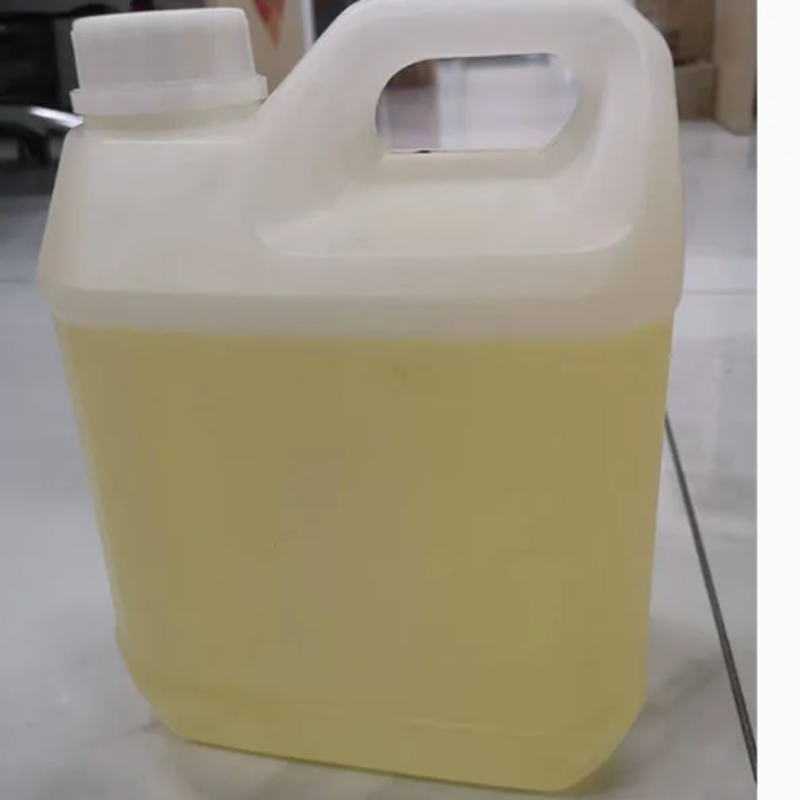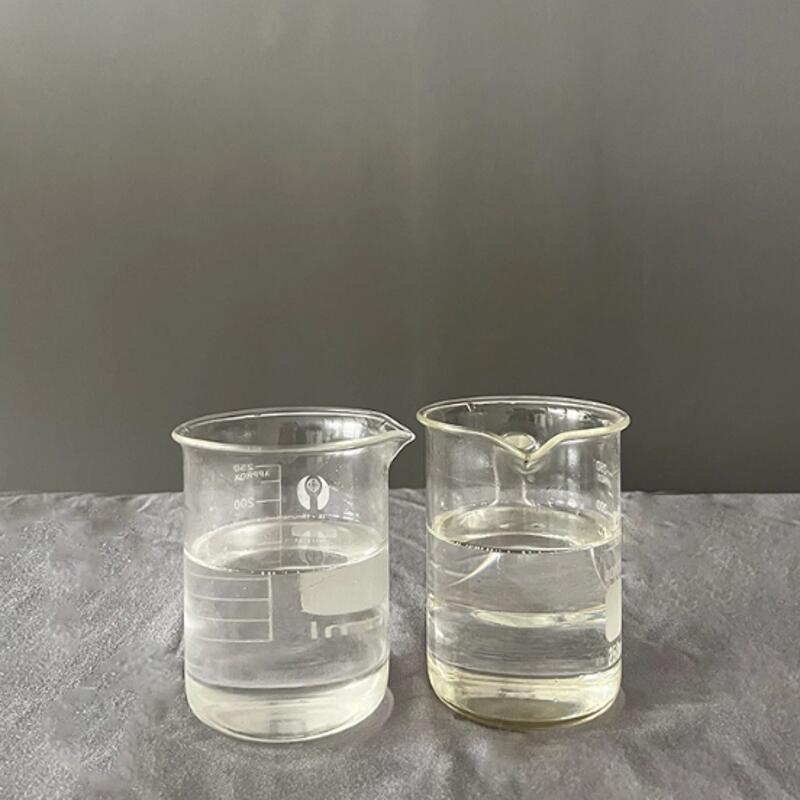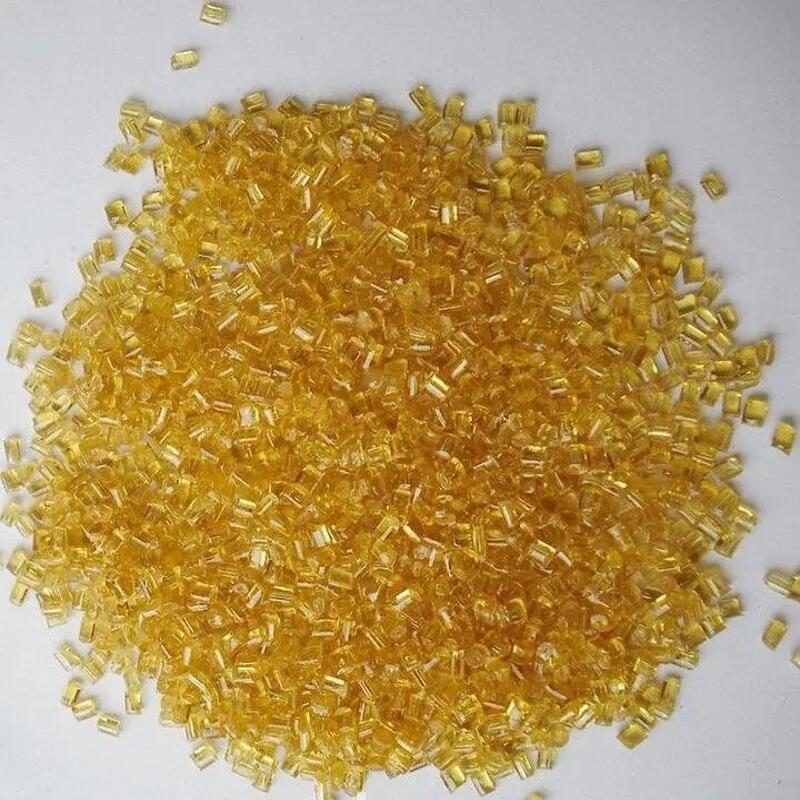-
Categories
-
Pharmaceutical Intermediates
-
Active Pharmaceutical Ingredients
-
Food Additives
- Industrial Coatings
- Agrochemicals
- Dyes and Pigments
- Surfactant
- Flavors and Fragrances
- Chemical Reagents
- Catalyst and Auxiliary
- Natural Products
- Inorganic Chemistry
-
Organic Chemistry
-
Biochemical Engineering
- Analytical Chemistry
-
Cosmetic Ingredient
- Water Treatment Chemical
-
Pharmaceutical Intermediates
Promotion
ECHEMI Mall
Wholesale
Weekly Price
Exhibition
News
-
Trade Service
A life cycle assessment study conducted by Covestro and coatings manufacturer Hesse showed that waterborne wood coatings containing the curing agent Bayhydur® quix 306-70 have a significantly lower CO2 footprint than conventional waterborne polyurethane coatings
.
This study focuses on analyzing the life cycle assessment of different polyurethane wood coatings from raw material production to applied coating to demonstrate the environmental impact of these material combinations and to reveal the strengths and weaknesses of each technology
.
Formulations using Bayhydur® quix 306-70 dries as quickly as formulations using solvent-based crosslinkers, in contrast to coatings using low VOC water-based standard hardeners
.
This not only enables the wood and furniture industries to process their products quickly after painting, but also reduces CO2 emissions, which in the case of two-component polyurethane wood coatings are mainly influenced by energy consumption during drying
.
Up to 25% reduction in CO2 emissions
Up to 25% reduction in CO2 emissionsCompared to the corresponding solvent-based material combinations, waterborne two-component polyurethane materials based on Bayhydur® quix 306-70 emit up to 25% less CO2-equivalent during production and application
.
In contrast, the water-based standard system reduces CO2 emissions by about 8% compared to solvent-based materials
.
Compared to solvent-based polyurethane coatings, significant reductions in CO2 emissions of up to 60% can be achieved when drying is done with electricity from renewable sources rather than standard grid electricity
.
In this case, the coating ingredients are the major contributors to the carbon footprint, and the carbon footprint of water is negligible compared to organic solvents
.
Dr.
Berta Vega Sánchez, Marketing Manager and Head of the Industrial Coatings Division at Covestro, said: "Regardless of the curing agent used, further sustainability factors favor waterborne wood coatings
.
Studies have shown that waterborne combinations are more efficient than solventborne wood coatings.
Above ground contributes less to photochemical ozone formation because they are much lower in VOCs
.
"
Dr.
Sven A.
Thomsen, Head of R&D at Hesse, noted: "Together, we have worked together to make waterborne combinations that form less photochemical ozone on the ground than solvent-based wood coatings
.
Together we have demonstrated the ability to produce low VOCs without sacrificing quality or drying speed.
Furniture coatings are possible
.
Our LCA study also showed that using Bayhydur® quix as a floor-to-ceiling alternative to solvent-based coatings can significantly improve the carbon footprint
.
”
Performance as good as solvent-borne coatings
Performance as good as solvent-borne coatingsIn terms of their properties, waterborne wood coatings based on Bayhydur® quix 306-70 are in no way inferior to the best solventborne systems: they have a polished appearance and are very resistant to coffee, red wine, mustard, ethanol and water
.
Additionally, coatings manufacturers can replace crosslinkers in existing formulations with fast-curing agents without having to invest in process or equipment
.
The introduction of waterborne two-component polyurethane wood and furniture coatings many years ago marked a major milestone in sustainability
.
They emit less than 100 grams of volatile organic compounds (VOCs) per liter
.
In comparison, their solvent-based counterparts emit more than 500 grams of VOC per liter
.
Life cycle analysis showed that the CO2 footprint of waterborne polyurethane wood coatings could be further improved
.
The results of this study are representative of the material combinations investigated and depend on assumptions made such as formulation, solids content, overspray and drying conditions
.







